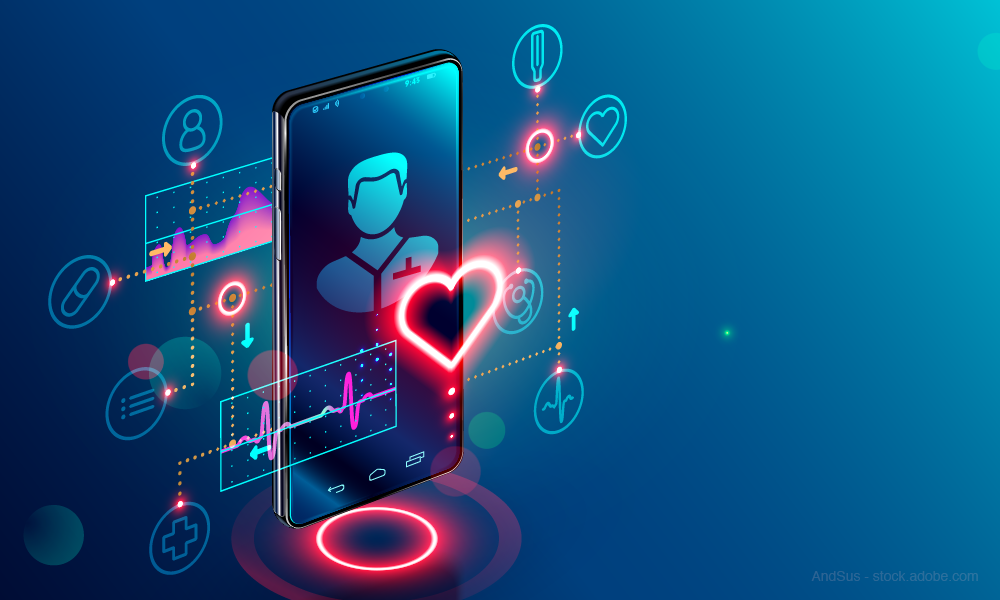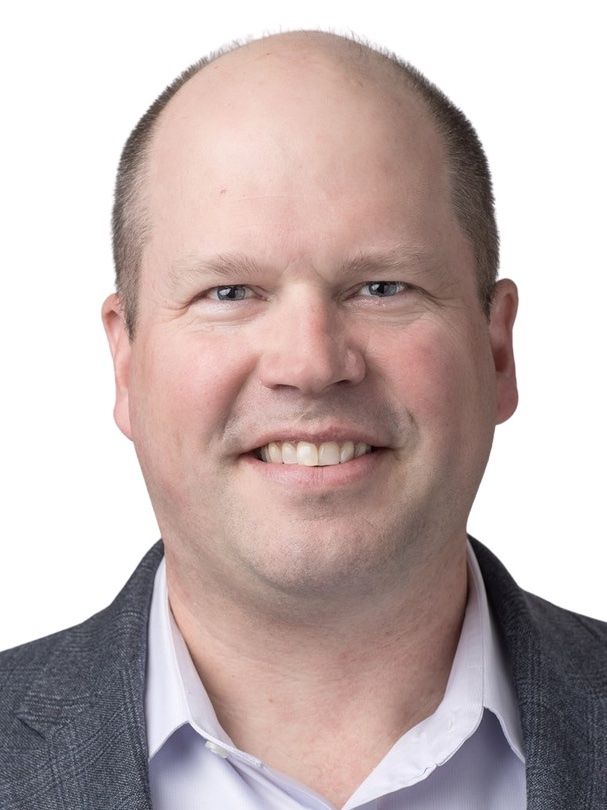Article
How mobile tech is transforming healthcare
Author(s):
There are countless examples of technology changing the way doctors, nurses, and patients operate.

Have you ever considered the amount of information sitting in hospital filing cabinets collecting dust? Healthcare, especially in emergency situations, depends on instant access to current, complete, and correct information, or the consequences could be fatal. Yet we still insist on capturing that information on printed materials that are hard to find and easy to ignore. Information access is an endemic problem, but the industry as a whole has been slow to embrace a better way.
The Minneapolis Heart Institute is one exception. I partnered with the medical group to develop an app that expedites access to the latest cardiovascular protocols. In an emergency situation, when these protocols are necessary, physicians simply have to reach for their smartphones instead of rifling through their desks. Speed and certainty are essential in a cardiovascular situation, and the app provides both.
We’ve expanded the functionality beyond static protocols to give physicians on-demand access to information and assistance. The technology is able to connect a physician in a remote or rural area directly with a cardiovascular specialist. After the two physicians consult, the patient receives first-class cardiovascular care even if he or she is miles away from the specialist.
There are countless examples of technology changing the way doctors, nurses, and patients operate. The Cleveland Clinic's MyEpilepsy app, for example, empowers patients to manage epilepsy by tracking seizure activity, managing appointments, getting medication reminders, and requesting second opinions from specialists.
Apps might seem like a modest investment compared to other healthcare avenues, but their impact can be absolutely tremendous. That bodes well for administrators, providers, and patients alike.
Making apps work for healthcare
Digital healthcare is expected to be a $200 billion global industry by 2020, with mobile health making up 46 percent of the total. The potential of mobile health is undeniable, but that doesn’t mean every app is a positive development.
My work with the Minneapolis Heart Institute, for instance, was designed to tackle an important problem. More than 80 million Americans have some form of heart disease. By 2030, this single disease will be responsible for more than $800 billion in healthcare costs each year in the U.S. An app alone cannot solve every cardiovascular issue, but it can confront a problem that affects millions and costs billions. Every healthcare app developer should aim to have a similarly broad impact with their mobile health solution.
Accessibility is another priority. Any healthcare apps should be available in both the Apple and Android stores so most physicians have access. The app should also work offline so physicians in remote locations aren't reliant on an internet connection and do not experience technical issues. To ensure the interface never gets in the way, apps should also allow users to zoom in and out on specific information.
Adaptability is another important consideration when creating an app. Collecting user feedback, tracking use, and analyzing patient outcomes can reveal where that app is working well and where it has room for improvement. Over time, the software should become better at serving patients and doctors alike.
It’s important to note that apps are not miracle drugs or cutting-edge tools. The underlying technology is often relatively basic, but that’s kind of the point. They should be designed to provide common-sense solutions to pervasive problems in our healthcare system.
How tech will continue to transform healthcare
My work might have focused on cardiology, but the basic mobile app development principles are applicable to any medical discipline. When a doctor needs access to specialized information, she simply needs to open an app for immediate information. Orthopedics, oncology, neurology, and countless other specialties rely on standardized protocols, which are easy to access via an app.
It’s easy to envision a world where apps function as dynamic, valuable treatment tools. Imagine a general practitioner who suspects his patient has dementia but does not have the neurological training to make the diagnosis. Plugging the patient’s symptoms, test results, and other information into an app could offer a preliminary diagnosis; the app could then recommend the best course of action and automatically connect the patient with a qualified neurologist. The overall goal? Eliminating obstacles to care while making the treatment cycle as efficient as possible.
There’s an equal amount of potential as it relates to patients using these apps. One of the reasons doctors and nurses are so enthusiastic about mobile medicine is for its potential to correct negative patient behaviors. What if an app could remind a patient with hypertension to take his medication on a regular schedule? Considering that about 40 percent of heart patients do not follow a correct medication schedule, a simple push notification could save a lot of lives.
The combination of apps and wearable devices holds similar promise. These wearables initially seemed like a relatively simple way to track things like steps taken and calories burned. However, research has shown that Apple Watch users are using the technology to track more advanced ailments like diabetes, sleep apnea, and hypertension. With sleep apnea and other ailments, users are reporting diagnostic rates higher than predicted by the Centers for Disease Control and Prevention. This suggests that wearable devices, real-time data collection, and first-hand patient reporting could have a substantial impact on our understanding and treatment of chronic illnesses.
Wearables are evolving beyond smartwatches and into medical-first applications. Physicians at Johns Hopkins University designed an app to coach heart attack survivors through the recovery process. The app is able to pair with a Bluetooth-enabled cuff that monitors blood pressure in real time. Thanks to that tech, readmission rates fell from 19 percent to 3 percent in one pilot program.
The future of apps, wearables, and digital medicine is optimistic but unknown. The only clear thing at this point is that the healthcare industry needs to adopt a connected infrastructure capable of synthesizing technology and data from inside and outside the hospital. Until this happens, technology can only make scattered improvements in healthcare. But once this barrier falls? Tech will transform how we think about health, wellness, and healthcare as a whole.
Marc Fischer is the CEO and co-founder of Dogtown Media, a mobile technology studio based in Venice Beach, Calif., that was named by Inc. as one of the fastest-growing companies in America.





